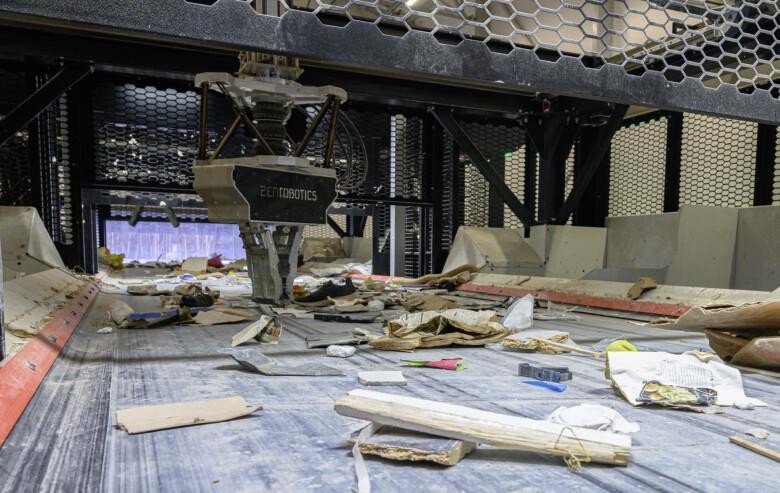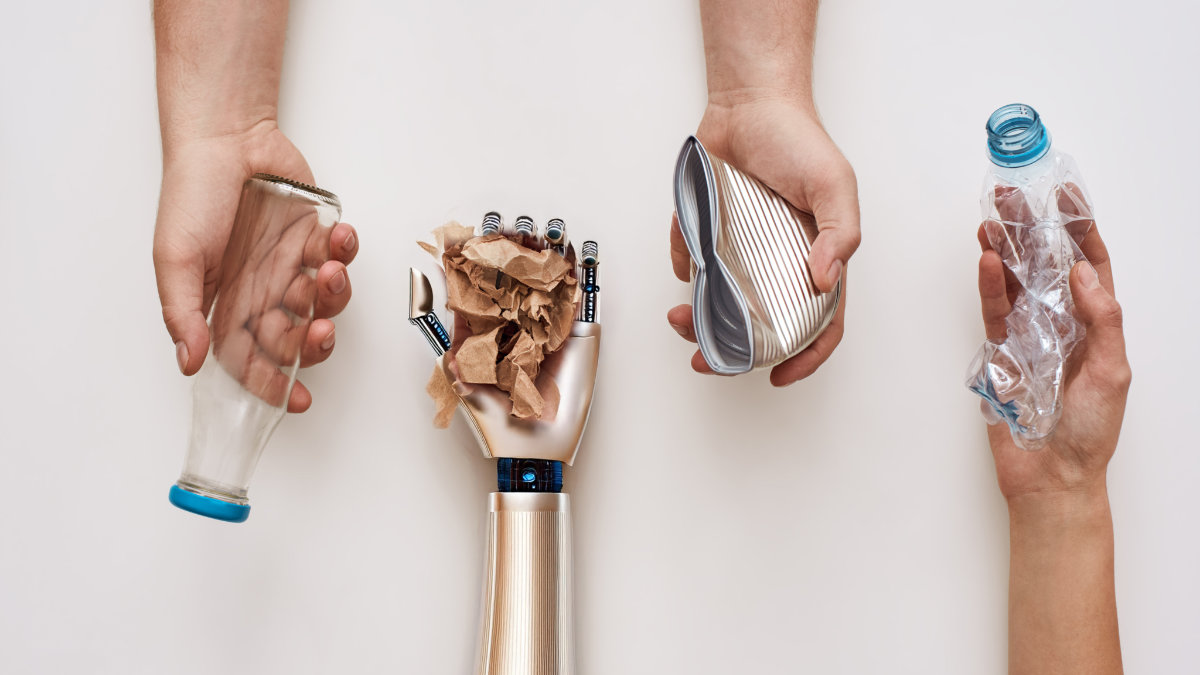Waste Segregation in the Age of AI is taking center stage as urban growth and evolving consumption habits intensify the challenges of waste management. Traditional manual methods can no longer keep up, while AI offers a faster, more efficient solution if trained effectively.
Limitations of Manual Waste Sorting
Traditional waste segregation methods rely heavily on human labor to identify and separate materials. While manual sorting has played a critical role in recycling systems for decades, it struggles to keep pace with today’s growing waste volumes and increasingly complex material types.
This approach is time-consuming, labor-intensive, and prone to human error. As waste volumes increase, manual sorting can lead to higher contamination rates, reducing the quality and usability of recyclable materials. Contaminated recyclables are often discarded entirely, resulting in avoidable landfill waste.
Manual processes also pose safety risks, especially when workers are exposed to hazardous waste, sharp materials, or toxic substances. Additionally, modern packaging materials—such as multi-layer composites—require more precise identification and handling than manual methods can reliably provide.
As waste streams become more diverse and demanding, the limitations of manual sorting highlight the need for automation and intelligent systems that can adapt quickly and improve both safety and efficiency.

The Rise of AI-Driven Automation in Waste Segregation
AI-driven systems are redefining how waste is sorted—offering a faster, more scalable, and more accurate alternative to manual methods. Using machine learning, computer vision, and robotics, these systems can identify and separate materials based on visual characteristics such as shape, size, color, and texture.
In real-time, AI-powered robots and sensors scan mixed waste streams and sort items like plastic, paper, and metal with consistency that manual sorting cannot match. This reduces error rates and helps maintain the purity of recyclable materials.
For example, companies like AMP Robotics and ZenRobotics have developed AI-powered sorting systems that are already in use at waste facilities around the world. AMP’s robotic arms use computer vision and deep learning to increase the speed and accuracy of material recovery, reportedly improving sorting efficiency by over 50%. ZenRobotics, based in Finland, combines AI with heavy-duty robotics to identify and pick items from mixed waste streams with high precision—reducing contamination and recovering valuable materials that would otherwise go to landfills. These technologies not only enhance recycling outcomes but also demonstrate the scalable potential of AI in modern waste management.
Beyond performance, automation also improves workplace safety by minimizing direct human contact with hazardous or contaminated waste. As robots take on repetitive and high-risk tasks, workers can shift to supervisory or maintenance roles—reducing exposure to injuries and improving overall operational safety.
These AI systems rely on high-quality labeled data to function. Image and video annotation—such as tagging different types of waste—is essential for training the models to recognize materials accurately. In this way, data annotation plays a foundational role in enabling smarter, safer, and more efficient waste management systems.
Waste Segregation Automation with Labeled Datasets
AI systems offer powerful tools for automating waste segregation—but their performance depends entirely on the quality of the data used to train them. This is where data annotation plays a critical role.
To train AI to recognize different types of waste, machine learning models must be exposed to thousands of labeled examples. These datasets typically include images or sensor data annotated with material categories such as plastic, paper, metal, and organic waste.
Accurate annotation enables AI to learn how waste appears in real-world conditions—whether it’s a clean plastic container, a crumpled label, or a piece of mixed-material packaging. The greater the variety and precision in the data, the better the system becomes at identifying items during live sorting.

The Power of Labeled Datasets
Labeled datasets are the real game-changer. These datasets include annotations, categories, or labels, which allow algorithms to learn from patterns and make accurate predictions.
However, labeling waste data is not a simple task. Waste materials come in many shapes, sizes, and levels of cleanliness. Effective annotation must reflect this complexity to ensure that models can generalize well outside the training set.
To build large, high-quality labeled datasets, companies may turn to crowdsourcing platforms—or partner with specialized data labeling providers like DeeLab. Unlike open platforms, we offer end-to-end annotation support: a dedicated team of trained annotators, project managers, quality assurance leads, and a named account director. This structured approach enables consistent communication, tailored workflows, and strong data governance—essential for projects where accuracy, efficiency, and accountability are critical.
Some organizations also use synthetic data to fill in gaps—creating artificial images that simulate rare or hard-to-capture waste types. These synthetic examples help balance datasets and expose models to edge cases they may not encounter often in real data.
The success of AI in waste management ultimately comes down to the quality of its training data. Poorly labeled datasets lead to misclassifications and reduced sorting efficiency. As waste streams grow more complex, investing in accurate, thoughtfully managed annotation becomes essential to building reliable, high-performing AI systems.




